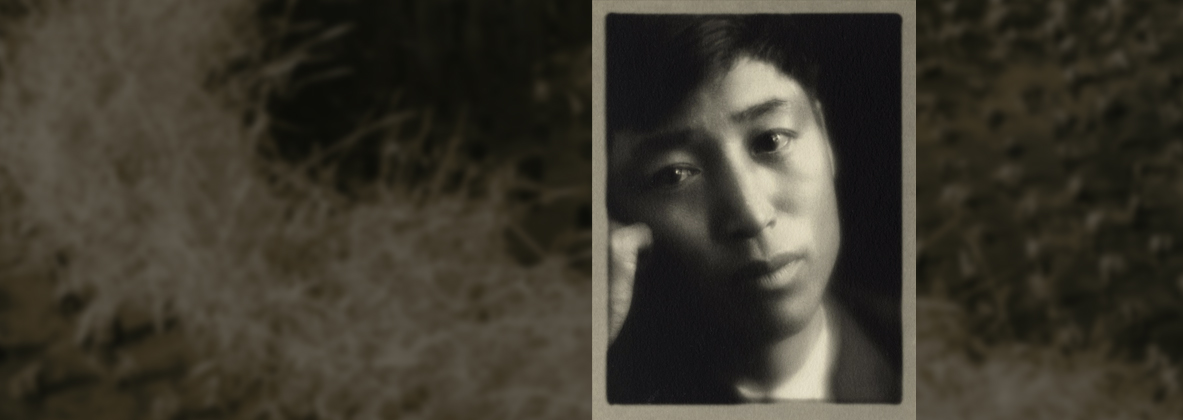
Wakaji Matsumoto—An Artist in Two Worlds: Los Angeles and Hiroshima, 1917–1944 highlights an artist’s rare photographs of the Japanese American community in Los Angeles prior to World War II and urban life in Hiroshima prior to the 1945 atomic bombing of the city.
Browse this exhibition’s resources below which include essays by Dennis Reed, the curator of the exhibition, and Karen Matsumoto, Wakaji’s granddaughter; educational activities; and related resources.

This project was made possible with support from California Humanities, a non-profit partner of the National Endowment for the Humanities. Visit calhum.org.
Media Sponsor: ![]()
To inquire about re-use of these photos, please contact collections@janm.org.

This project was made possible with support from California Humanities, a non-profit partner of the National Endowment for the Humanities. Visit calhum.org.
Media Sponsor: ![]()
To inquire about re-use of these photos, please contact collections@janm.org.





